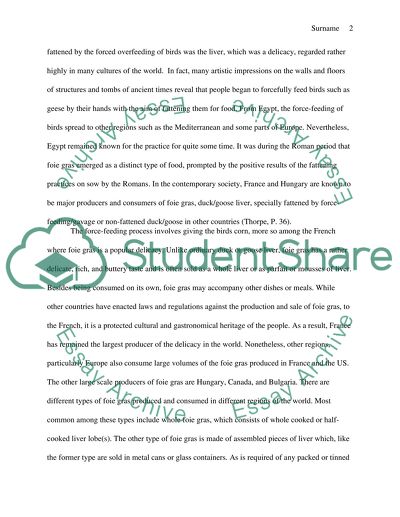Cite this document
(“English Research Paper: Food Paper Example | Topics and Well Written Essays - 2000 words”, n.d.)
Retrieved from https://studentshare.org/english/1437809-food
Retrieved from https://studentshare.org/english/1437809-food
(English Research Paper: Food Paper Example | Topics and Well Written Essays - 2000 Words)
https://studentshare.org/english/1437809-food.
https://studentshare.org/english/1437809-food.
“English Research Paper: Food Paper Example | Topics and Well Written Essays - 2000 Words”, n.d. https://studentshare.org/english/1437809-food.


